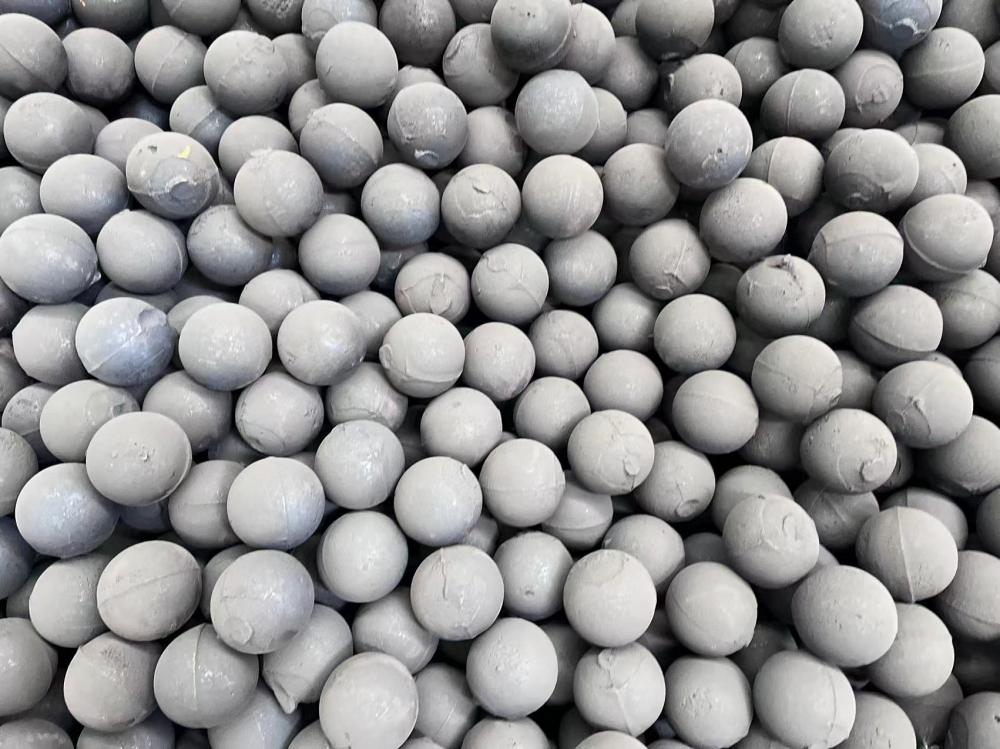The filling rate of the plastic mill varies, and the optimal rotational speed required to achieve maximum useful power also differs. As the filling rate increases, a higher rotational speed is necessary to ensure that even the innermost balls are in a falling motion. This allows the system to reach its maximum power output, thereby maximizing the productivity of the plastic mill.
The movement state of the grinding media inside the cylinder is heavily influenced by the rotational speed of the plastic mill. When other conditions remain constant, different motion states result in varying grinding effects. At lower rotational speeds, the grinding media primarily experiences an "escaping" motion, leading to minimal impact and a more dominant grinding action. This configuration results in lower production capacity and is typically suited for fine grinding applications.
On the other hand, when the rotational speed is higher, the grinding media is thrown upward and then falls back down in a more pronounced dropping motion. This increases the proportion of impact-based grinding, which is more effective for breaking down coarser materials. While the grinding and peeling effects become secondary, the overall efficiency and production capacity of the plastic mill significantly improve.
Understanding these dynamics is essential for optimizing the performance of the plastic mill, ensuring that the right balance between impact and grinding is achieved based on the material being processed and the desired output. Whether it's for coarse or fine grinding, adjusting the rotational speed accordingly can lead to better results and greater operational efficiency.
The movement state of the grinding media inside the cylinder is heavily influenced by the rotational speed of the plastic mill. When other conditions remain constant, different motion states result in varying grinding effects. At lower rotational speeds, the grinding media primarily experiences an "escaping" motion, leading to minimal impact and a more dominant grinding action. This configuration results in lower production capacity and is typically suited for fine grinding applications.
On the other hand, when the rotational speed is higher, the grinding media is thrown upward and then falls back down in a more pronounced dropping motion. This increases the proportion of impact-based grinding, which is more effective for breaking down coarser materials. While the grinding and peeling effects become secondary, the overall efficiency and production capacity of the plastic mill significantly improve.
Understanding these dynamics is essential for optimizing the performance of the plastic mill, ensuring that the right balance between impact and grinding is achieved based on the material being processed and the desired output. Whether it's for coarse or fine grinding, adjusting the rotational speed accordingly can lead to better results and greater operational efficiency.

Steel Ball Aube Ball,Abrasives Cast Steel Balls,Steel Shot Abrasives,Balls Cast Steel Parts
Xuzhou Surun wear-resistant material Co., LTD , https://www.suruntools.com